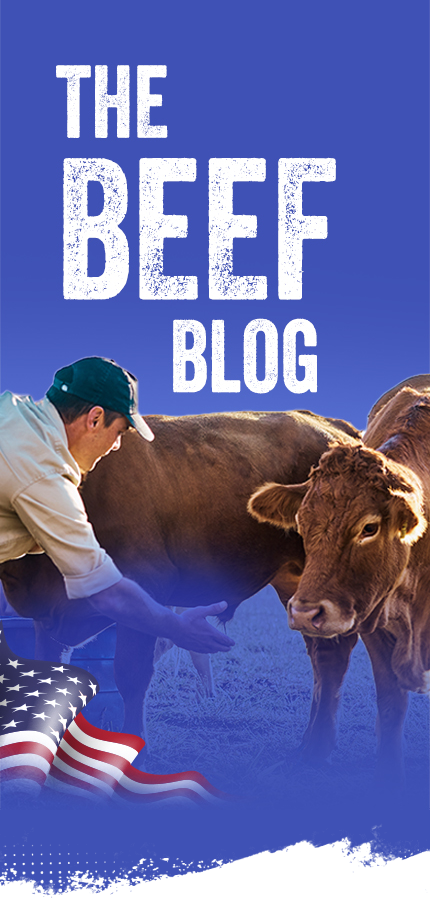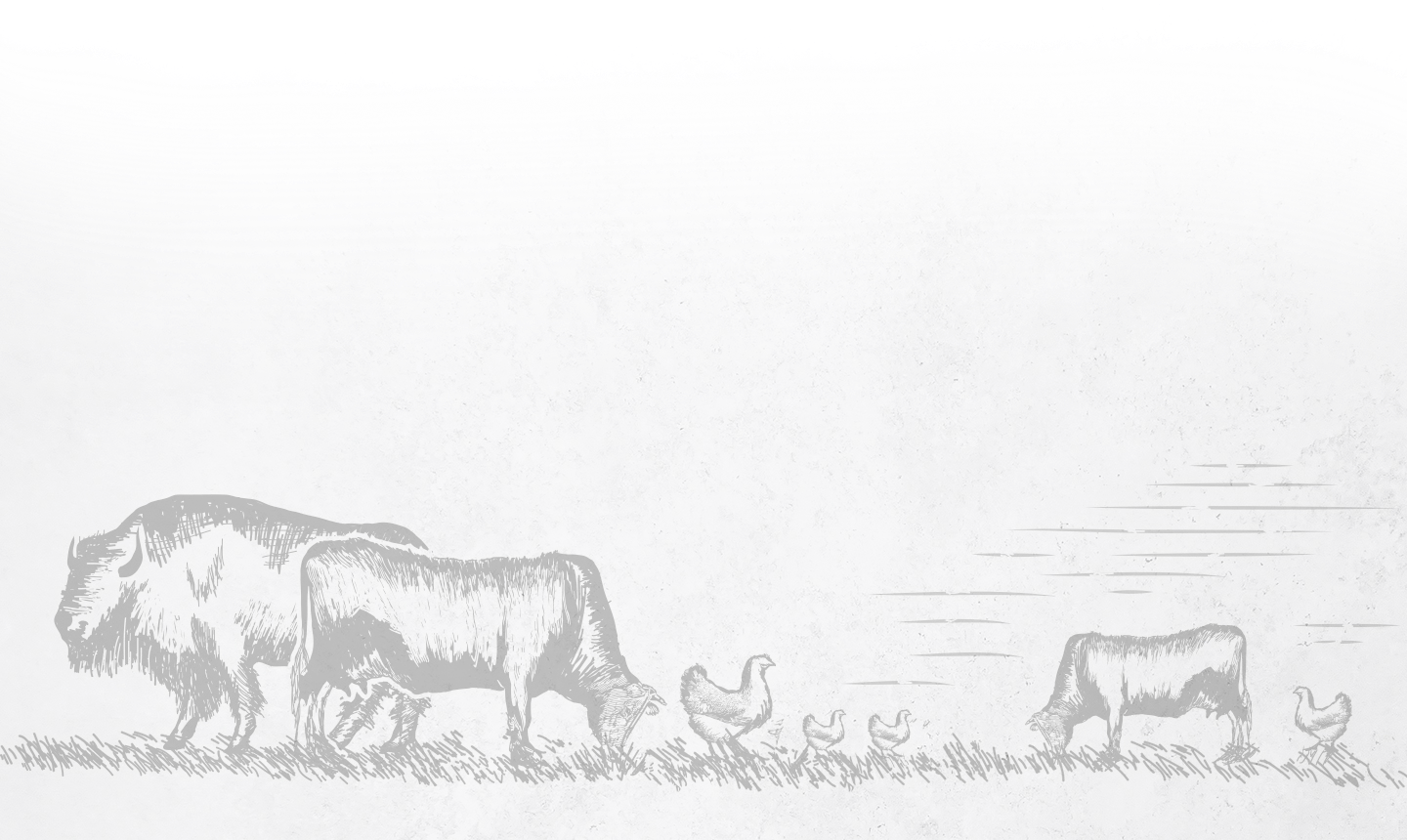Article by Monica O’Shea from The Epoch Times cross-posted with permission.
(The Epoch Times)—According to Meat and Livestock Australia (MLA), the United States was the top export destination for Australian beef in the first three months of 2024. Australian beef exports to the United States soared as American production fell, and this trend is expected to continue.
“Global beef exports from the U.S. are likely to place significant pressure on supply for the remainder of 2024,” the report (pdf) stated. “The continual decline in North American beef production, which has been ongoing since at least January 2023, has now begun to materially affect global markets this year.”
Demand from Japan, South Korea, and the United States may increase competition for beef for the remainder of the year. The report noted higher Australian production will partially offset the supply gap, but not enough to compensate for a decline in U.S. supply.
“The U.S. was the largest export market for Australia in Q1, as Australian beef makes up for shortfalls in dairy cow slaughter, and as American production falls, exports are set to continue rising,” the report said.
“At the same time, Australian market share for high-quality beef in Japan and Korea will continue lifting as U.S. exports fall, and strong Australian supply will go some way to making up the shortfall.”
China Has Seen a ‘Slowdown’
China’s economic performance will be a key question for the rest of the year. The report noted that China, the world’s largest beef importer, had seen a “slowdown in key economic indicators” and below-trend consumer sentiment.
“This has impacted import pricing and has markedly slowed import volume growth. If export volumes into China begin to decline materially, it would further accelerate the diversification of South American exports and likely put considerable pressure on cattle prices,” the report said.
Key Beef Export Stats
The report revealed that Australia produced 570,681 tonnes of beef and veal in the first quarter of 2024. This represented a staggering 15 percent increase over the first quarter of 2021 but 1 percent less than the previous quarter.
Australia’s domestic market was the largest, accounting for 28 percent of local production in quarter one of 2024. Australian exports to North America in the first quarter of 2024 surged by 86 percent compared to the prior corresponding quarter to 104,797 tonnes of carcass-weight equivalent (CWE).
Exports to Japan grew by 25 percent yearly to 85,581 tonnes, while China exports rose 9 percent to 73,569 tonnes. Conversely, South Korean exports dropped 8 percent to 53,612 tonnes.
Exports from Australia to all other markets jumped 17 percent compared to the first quarter of 2023.
Outlook ‘Positive’
MLA Global Supply Analyst Tim Jackson said overseas supply dynamics have a major impact on the Australian beef industry.
“Although a small part of global production, Australia is a major player in export markets. So far in 2024, the United States has emerged as the largest market for Australian beef,” he said.
He said long-running destocking in the United States had driven American production down.
“This has boosted demand for Australian beef in the United States, Japan, and South Korea, where the U.S. competes with Australia for imported share,” he said.
Mr. Jackson said the outlook for Australian exports is optimistic, pointing out supply shortages and Australia’s dollar.
“Alongside the decline in U.S. production, South American slaughter has been very high as drought conditions persist in key cattle-producing regions. As conditions normalize, production is likely to decline, further reducing the global beef supply,” he said. “Despite low consumer confidence, unemployment remains low in most advanced countries, and inflation has been falling in most of our export markets. At the same time, a weak Australian dollar has made Australian beef more competitive on the global market.”
US East Coast Popular for Beef and Veal Exports
Separate Australian red meat export statistics released by the Department of Agriculture, Fisheries and Forestry broke down Australian beef exports to the United States east coast, west coast, and Canada.
The red meat export figures updated July 15 show Australia exported 15.65 million kilograms of beef and veal to the east coast and 2.92 million kilograms to the west coast, making the United States the leading export market for beef and veal in kilograms. In addition, Australia sent 1.28 million kilograms of beef and veal to Canada.
Australia also exported 13.24 million kilograms of beef to Japan, 9.4 million to Korea, 1.83 million to Japan, 15.59 million to other Asia, 1.6 million to the Middle East, 0.57 million to the European Union, 0.028 million to Western Europe, and 0.68 million to other destinations.
Minister for Agriculture Murray Watt said in June that Australian meat is “hugely” desired for its quality, health, sustainability, and flavour.
“That’s why so many countries are stocking our product and why demand for it continues to grow,” he said.






















Leave a Reply